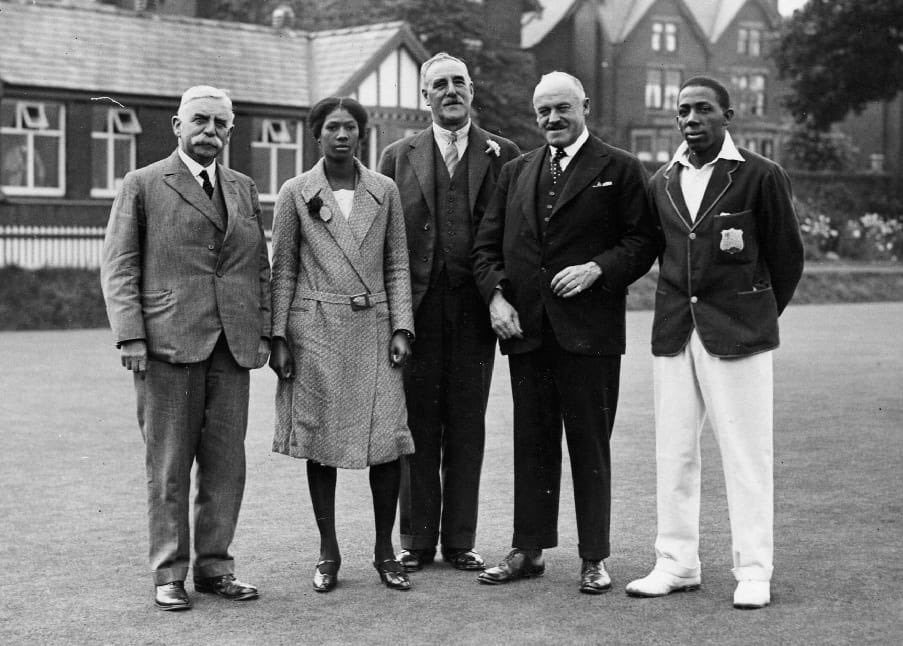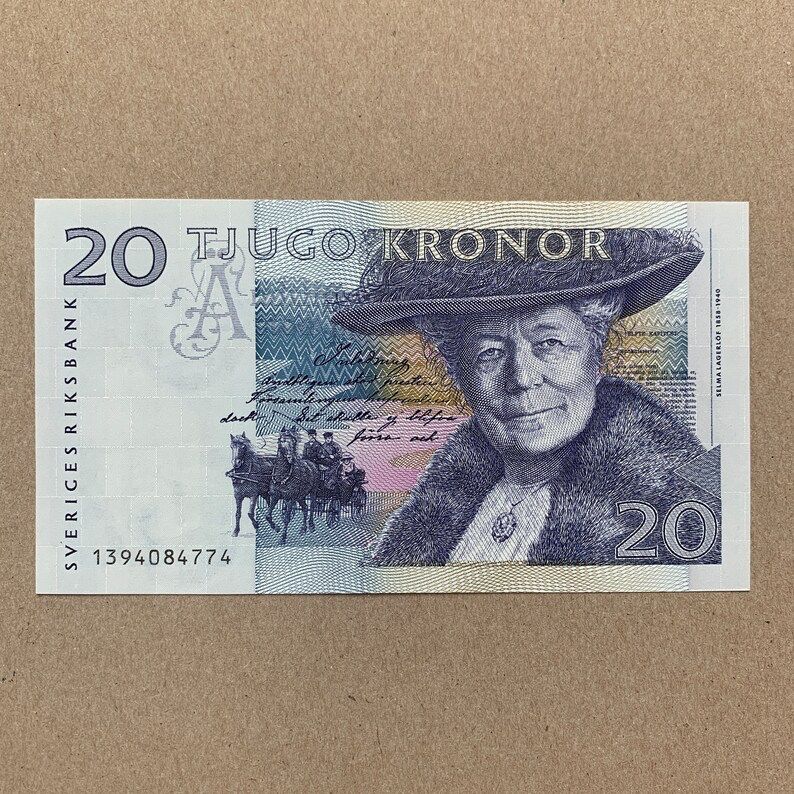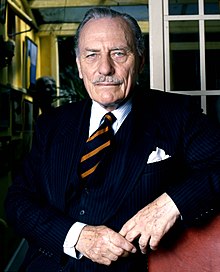
#CLRJames' deceptively benign question: “what do they know of cricket, who only cricket know?”, was a challenge to the public to re-consider the game in England’s elitist orthodoxy.
Given James failed in this task, what is the story of #cricket from a people’s perspective? 1/14
Given James failed in this task, what is the story of #cricket from a people’s perspective? 1/14

Although no #history is ever ‘definitive’, cricket has always been particular about whose voices are heard.
Like James, the game has had other maverick historians of course. But the likes of Bowen, Birley and #Marqusee all suffered at the hands of the game’s establishment. 2/14
Like James, the game has had other maverick historians of course. But the likes of Bowen, Birley and #Marqusee all suffered at the hands of the game’s establishment. 2/14
Given Birley recognised “cricket lovers do not like to be told new things”, #cricket in England is still defined by 'gentlemanly amateurism'.
But rather than a handful of gentlemen associated with the #MCC, the game’s growth owes everything to the efforts of ordinary people. 3/14
But rather than a handful of gentlemen associated with the #MCC, the game’s growth owes everything to the efforts of ordinary people. 3/14
Like #football, cricket was a ‘people’s game’. And the two sports grew in tandem during the late 19th century, thanks to the creation of local and regional associations that operated countless numbers of 'knock-out' cup competitions based on the world famous #FACup. 4/14 

If getting 'knocked-out' left clubs without any fixtures, the solution came with the formation of the #FootballLeague in 1888.
Like football, it was the creation of cricket leagues nationwide that ensured the “cricket craze” entered a third and final stage of modernisation. 5/14
Like football, it was the creation of cricket leagues nationwide that ensured the “cricket craze” entered a third and final stage of modernisation. 5/14
While solving one problem, leagues posed, as far as the elites were concerned, another. For leagues, more than cups perhaps, were wholly meritocratic – the best team invariably won – and if there was one thing the elites of England detested (then and now) it was meritocracy. 6/14
Accordingly, there was a backlash and the public-school elites who controlled the #MCC rejected the opportunity to create a three division 'County Cricket League' in 1889. The #CountyChampionship may have begun in 1890, but it was a wholly idiosyncratic competition. 7/14
While county cricket was still-born, competitive leagues flourished at the recreational level.
The most famous, like the #LancashireLeague, were semi-professional affairs. But professionalism was, like the league format, common in both the North and South prior to 1914. 8/14
The most famous, like the #LancashireLeague, were semi-professional affairs. But professionalism was, like the league format, common in both the North and South prior to 1914. 8/14

As amateurism spread, professionalism was increasingly questioned.
Many argued that to play sport for money was antithetical to the ‘spirit’ of the game, but this was a convenient smokescreen for it was meritocratic competition itself that the so-called amateurs detested. 9/14
Many argued that to play sport for money was antithetical to the ‘spirit’ of the game, but this was a convenient smokescreen for it was meritocratic competition itself that the so-called amateurs detested. 9/14
According to one amateur, county cricket was “trapped by its own popularity”. But where the upper classes dominated, and large crowds were absent, a small clique of London clubs associated with the Club Cricket Conference were able to ban cups and league cricket after 1918. 10/14
From this point onwards, the North and South of England developed two opposing cricket cultures.
#Cricket in the urban North was working class, professional and 'competitive'. Whereas the game in the rural South was middle class, amateur and non-competitive or 'friendly'. 11/14
#Cricket in the urban North was working class, professional and 'competitive'. Whereas the game in the rural South was middle class, amateur and non-competitive or 'friendly'. 11/14
Over time this had serious repercussions for first-class and international cricket.
No southern county would win the County Championship between 1921 and 1947 and many blamed the heavy #Ashes defeats following #WW2 on the dominance of southern players. 12/14
No southern county would win the County Championship between 1921 and 1947 and many blamed the heavy #Ashes defeats following #WW2 on the dominance of southern players. 12/14
Since English cricket persisted with amateurism - on and off the field - it could not compete on the international stage.
Indeed, a first ever home defeat to the #WestIndies in 1950 confirmed English #cricket was failing to fully utilise the talent at its disposal. 13/14
Indeed, a first ever home defeat to the #WestIndies in 1950 confirmed English #cricket was failing to fully utilise the talent at its disposal. 13/14

Despite the demise of the amateur professional distinction in 1963, the dominance of the privately educated on and off the field, like the game’s posh image, persists.
If cricket is to survive, it desperately needs to reflect the multi-cultural nation that England is today. 14/14
If cricket is to survive, it desperately needs to reflect the multi-cultural nation that England is today. 14/14

• • •
Missing some Tweet in this thread? You can try to
force a refresh
















